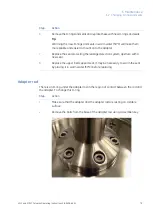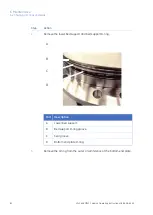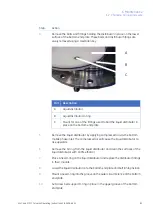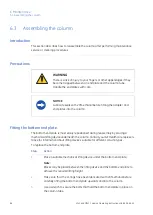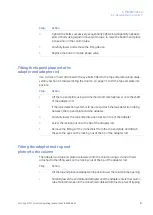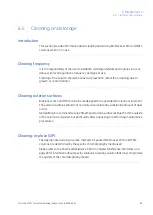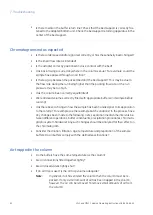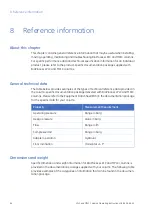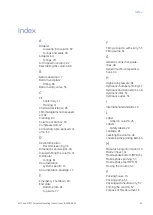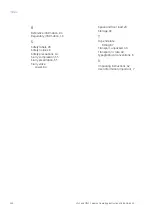
•
Is there media in the buffer return line? Check that the bed support is correctly fas-
tened to the adapter/bottom unit. Check the bed support retaining apparatus in the
center of the bed support.
Chromatograms not as expected
•
Is the recorder speed and/or signal set correctly, or has the sensitivity been changed?
•
Is the linear flow rate as intended?
•
Is the adapter correctly positioned in close contact with the bed?
•
Has back-mixing occurred anywhere in the column set-up? For example, could the
sample have passed through an air trap?
•
Is there a gap between the packed bed and the bed support? This may be due to
the flow rate during the run being higher than the packing flow rate, or the run
pressure may be too high.
•
Has the column been correctly equilibrated?
•
Were all dead volumes correctly filled with appropriate buffers and sample before
running?
•
Has there been a change in how the sample has been handled prior to its application
to the column? For example, are there sample batch variations? In the process, have
any changes been made to the following: nets, separation media, time intervals be-
tween different operations, buffer constituents, precipitation procedures, chromato-
graphic system hardware? Any such changes should be analyzed for their effect on
the chromatogram.
•
Consider the dilution, filtration, age, temperature and preparation of the sample
buffers. Do all buffers comply with the defined specifications?
Air trapped in the column
•
Do the buffers have the same temperature as the column?
•
Are all connections fitted together tightly?
•
Are all closed valves tightly shut?
•
If an air trap is used, is the air trap volume adequate?
In general, if air has entered the column then the column must be re-
packed. If only a small amount of air has been trapped in the column,
however, the air can be removed. To remove small amounts of air from
the column:
Note:
92
LPLC and MPLC Columns Operating Instructions 28-9638-66 AC
7 Troubleshooting


